Wilson Canyon
An improbable water gap where the West Walker River, paralleled by a state highway, crosses the Singatse Range between Smith and Mason Valleys.
There are few places in Nevada where a highway runs alongside a flowing river, and this is one. This scenic canyon is a “water gap,” where an active watercourse crosses a mountain range. The aesthetic attractiveness is heightened by the incongruous contrast of desert and river. The West Walker River, which rises in the Sierra Nevada to the west, is also undammed except for some low irrigation diversion structures at the east end of Wilson Canyon. This is nearly unique among the rivers draining the Sierra to the east.
A water gap such as this is also an obvious transportation route. Today, Nevada State Route 208 parallels the river on the north through Wilson Canyon. A branch of the California Trail, the Sonora Pass branch, came through here in the mid-19th century, although the trail was difficult enough for wagons that some parties chose a bypass trail farther south. In the early 20th century, the Nevada Copper Belt Railroad, which carried copper ore from then-active copper mines to a smelter at the north end of Mason Valley, went through the canyon. The line was abandoned in 1947 and has long since washed out.
At the west end of the canyon, on the south side, the Bureau of Land Management has constructed a nature loop trail, the Wilson Canyon Trail, complete with interpretive signs on geologic, historical, and botanical features. In particular, spectacular hoodoos and chunks of fossil (“petrified”) wood can be found.
Wilson Canyon is named for brothers David and “Uncle Billy” Wilson, prosperous early settlers who had been successful both in mining and ranching. Unexpectedly, the Northern Paiute Wovoka, later the founder of the Ghost Dance movement (and for whom the nearby Wovoka Wilderness is named) lived with the Wilsons as a boy and was raised with their sons. He even took the name Jack Wilson. Sadly, the Ghost Dance movement later had serious, even catastrophic consequences for the Native American tribes.
Know Before You Go
There is a large parking area, complete with picnic tables, at the west end of the canyon where the nature trail starts. There are also pullouts through the canyon, but although they give good views of the river and canyon they lead to no trails as they are for fishing access.
Please don't collect fossil wood on the nature trail; leave it for future visitors.


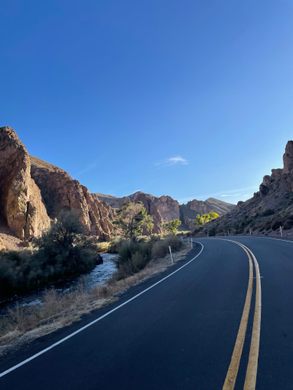
















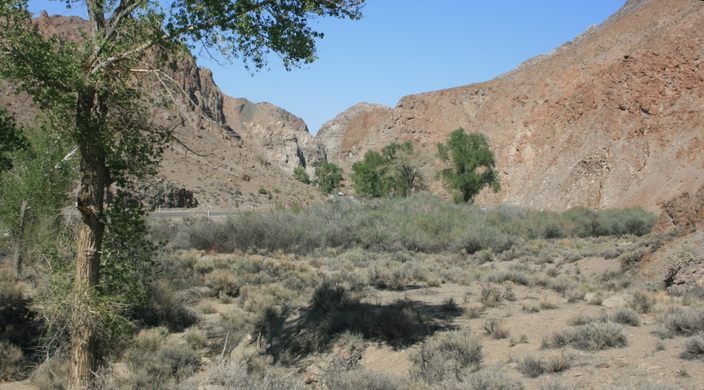





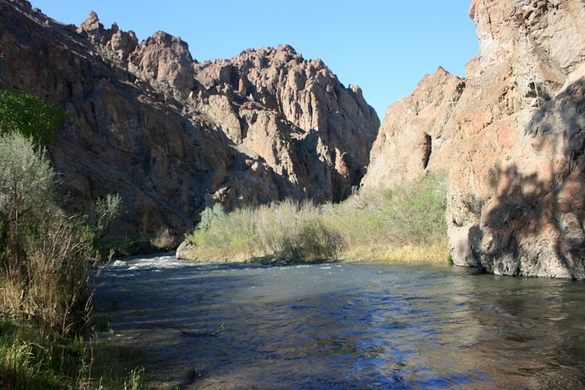

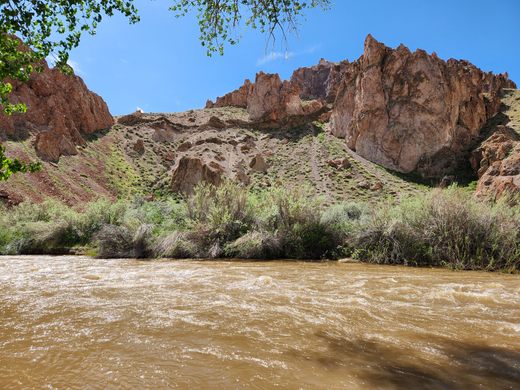
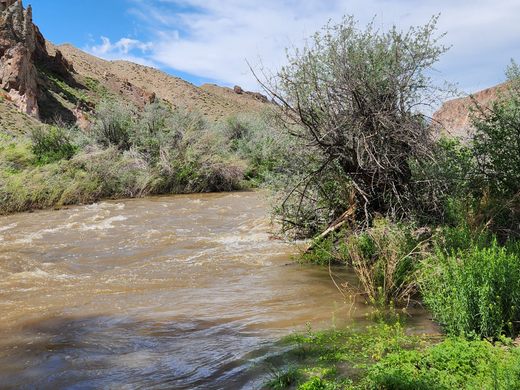



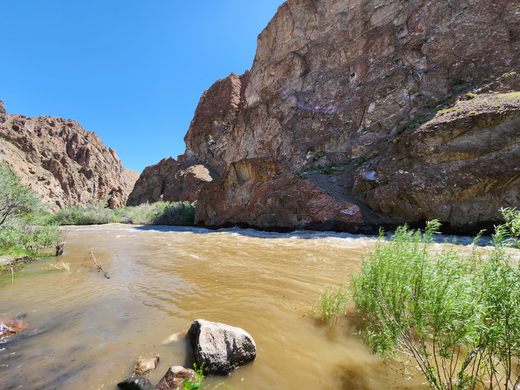





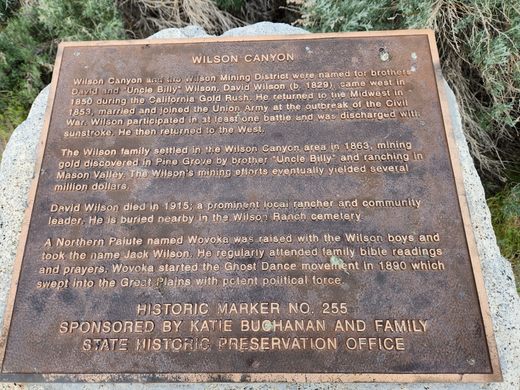











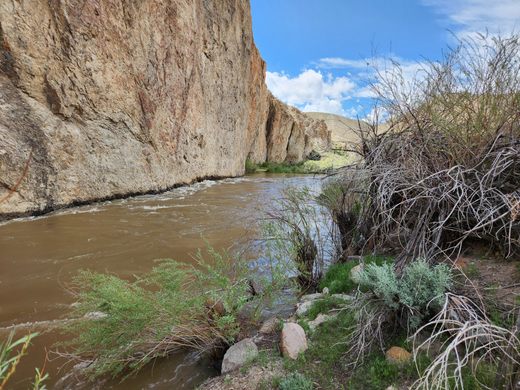






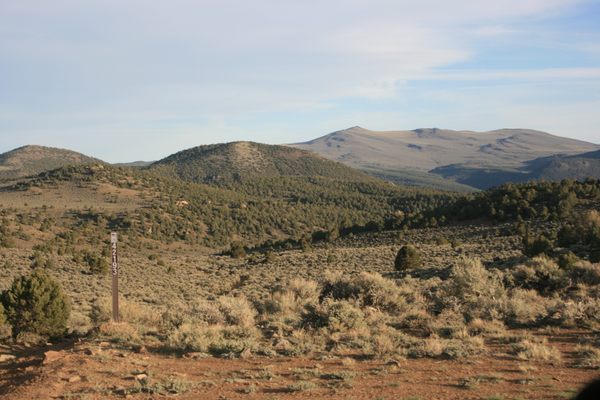
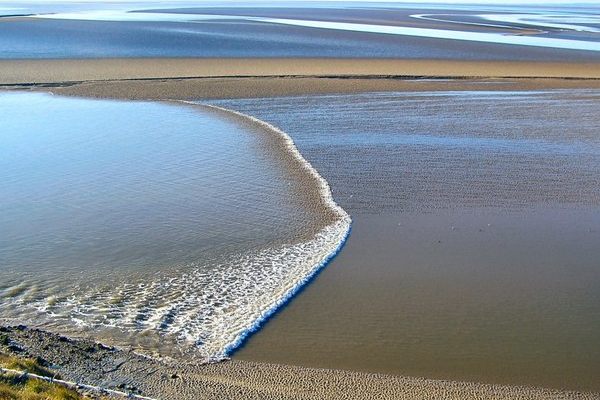

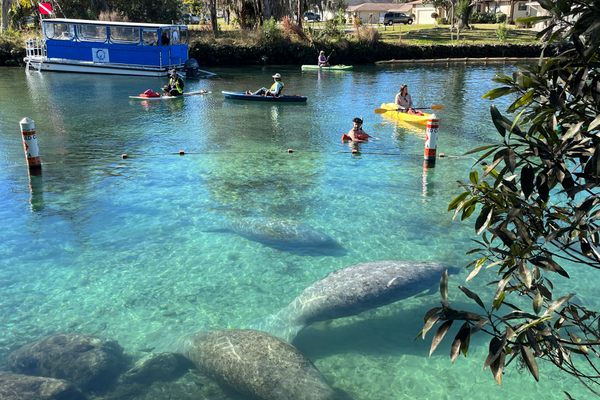


Follow us on Twitter to get the latest on the world's hidden wonders.
Like us on Facebook to get the latest on the world's hidden wonders.
Follow us on Twitter Like us on Facebook